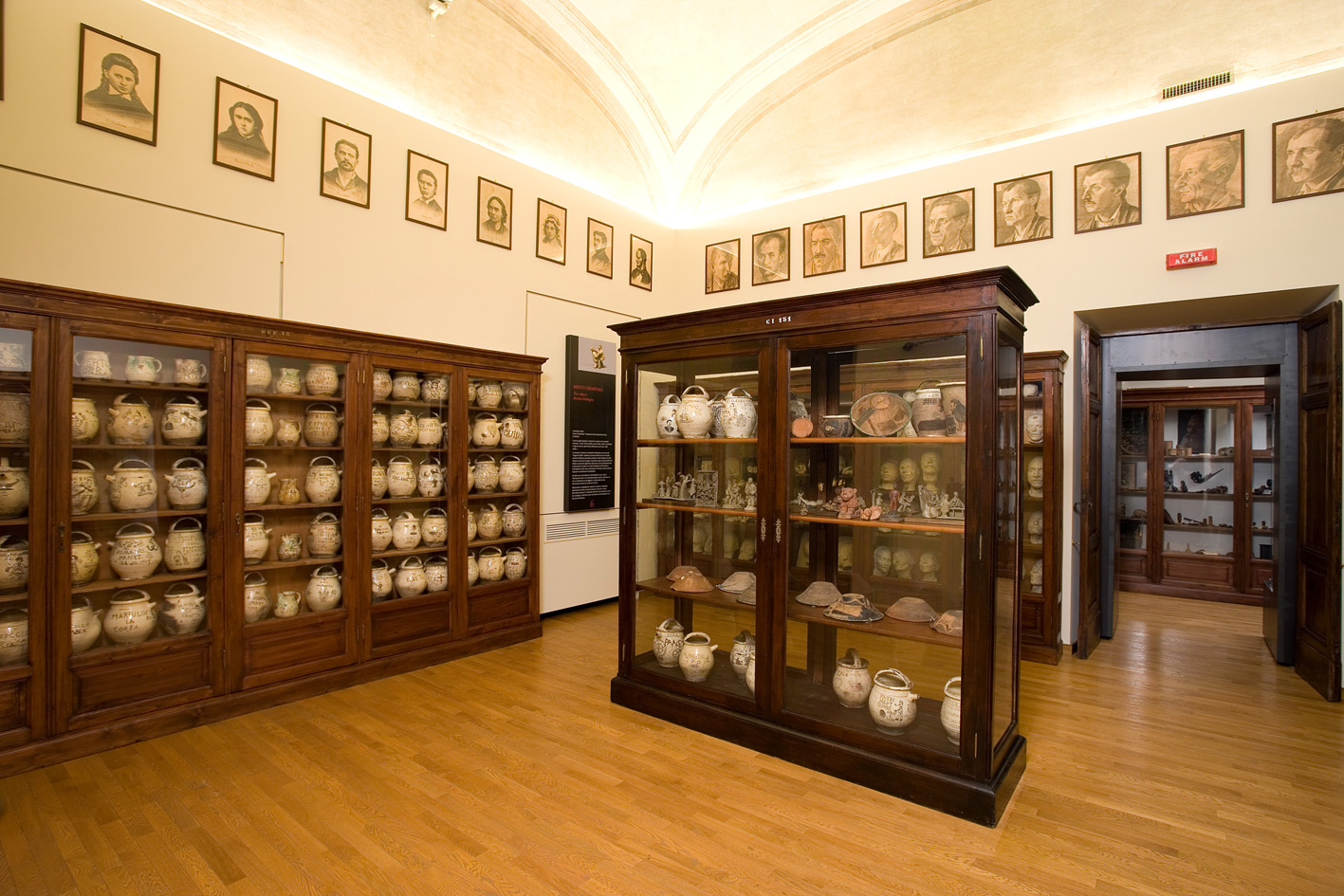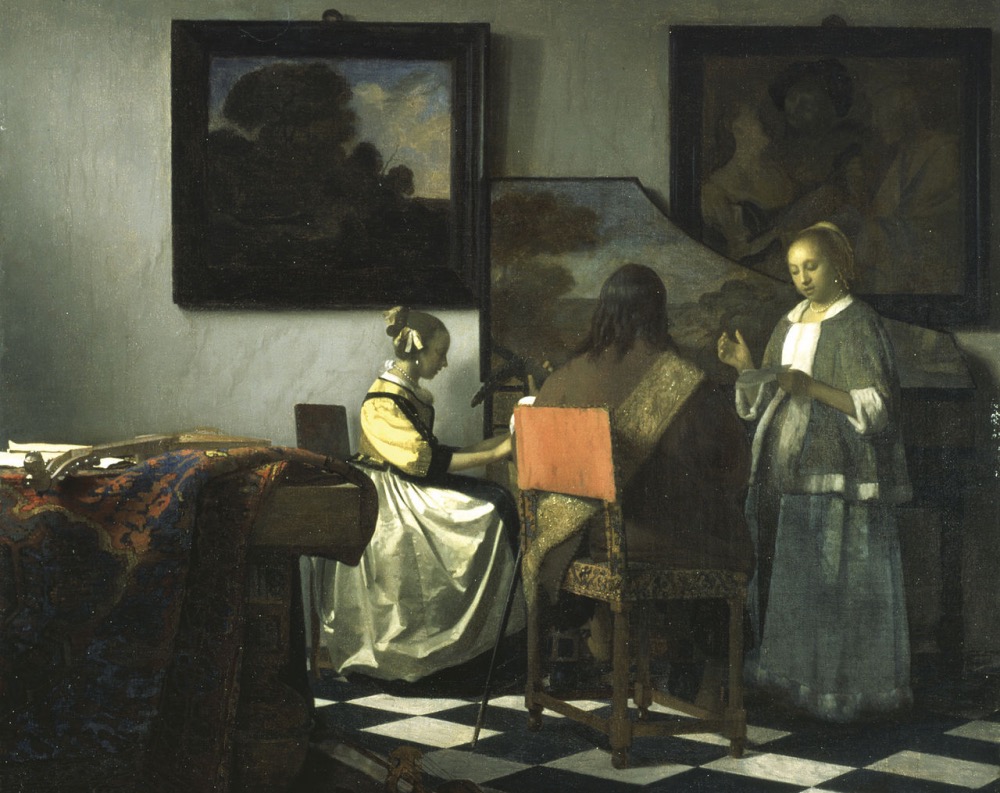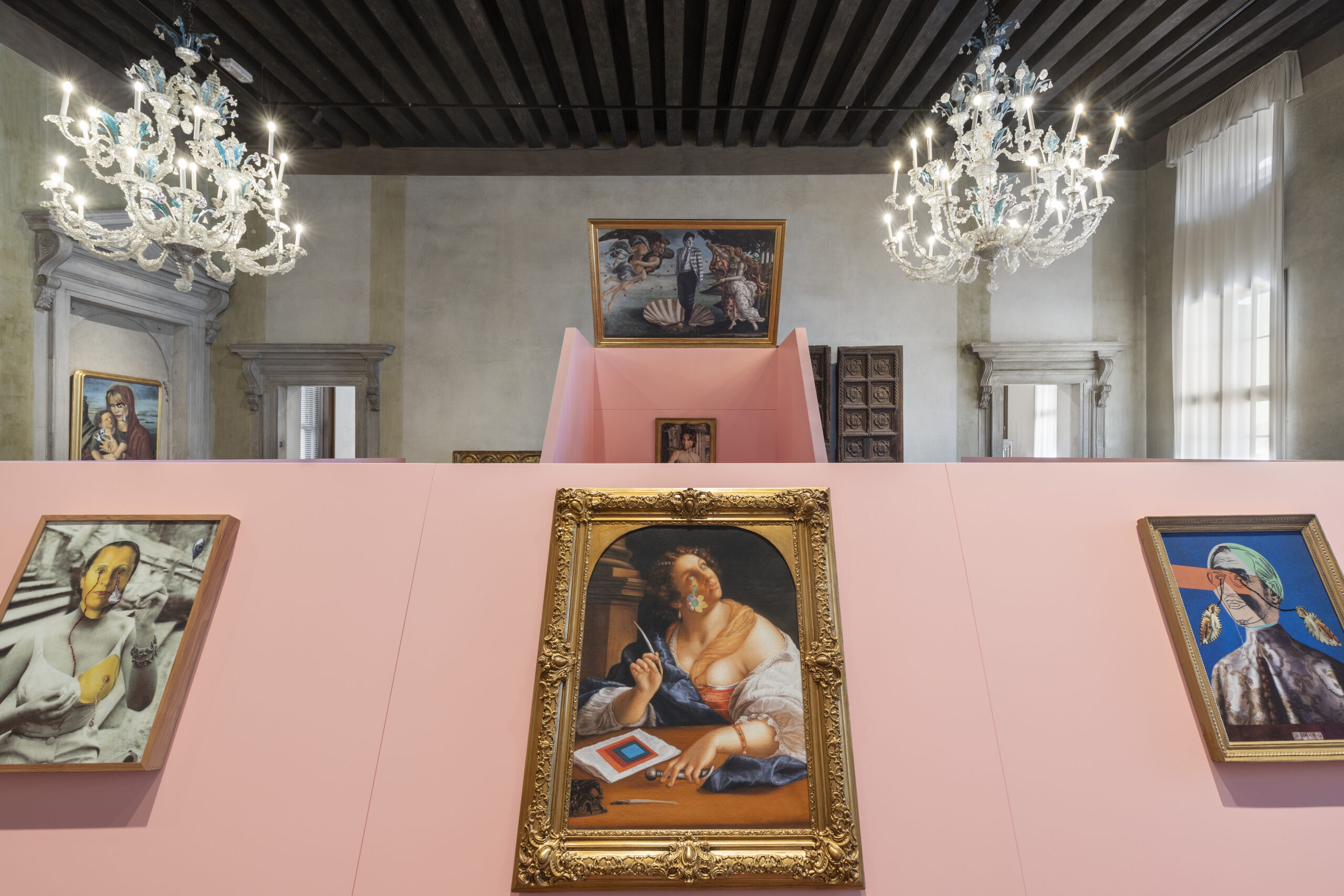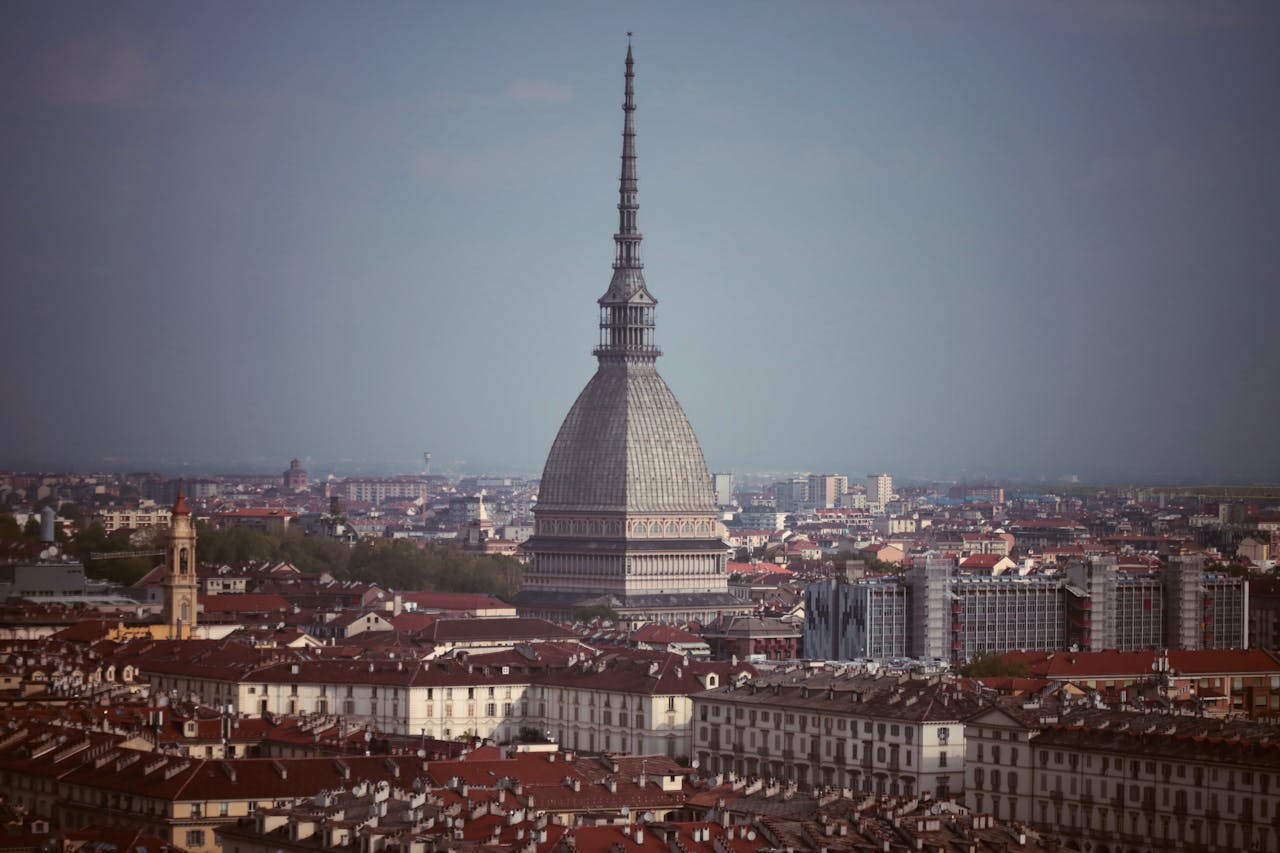
In the early hours of March 18, 1990, the Isabella Stewart Gardner Museum in Boston was the scene of the largest art theft in history. Two men dressed as police officers appeared at the museum’s entrance, claiming to have been called to respond to an emergency call.
Naively, the security guards allowed them access, and once inside, the fake police officers quickly immobilized the guards, binding and gagging them in the basement, taking total control of the museum.





